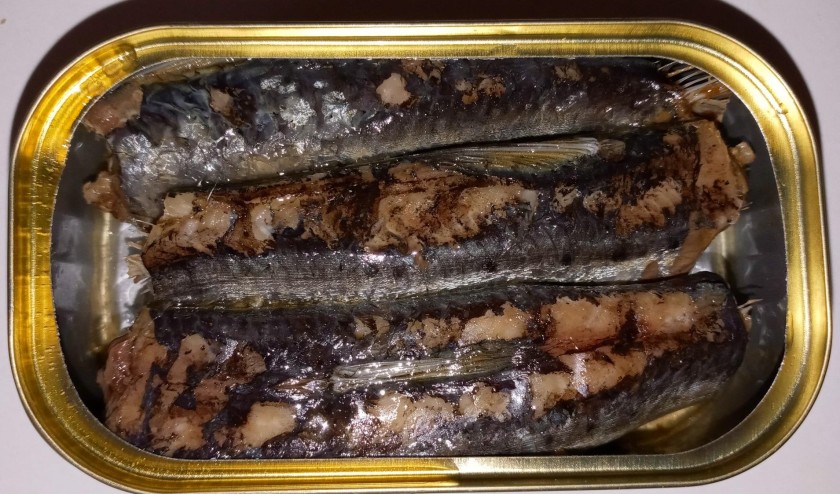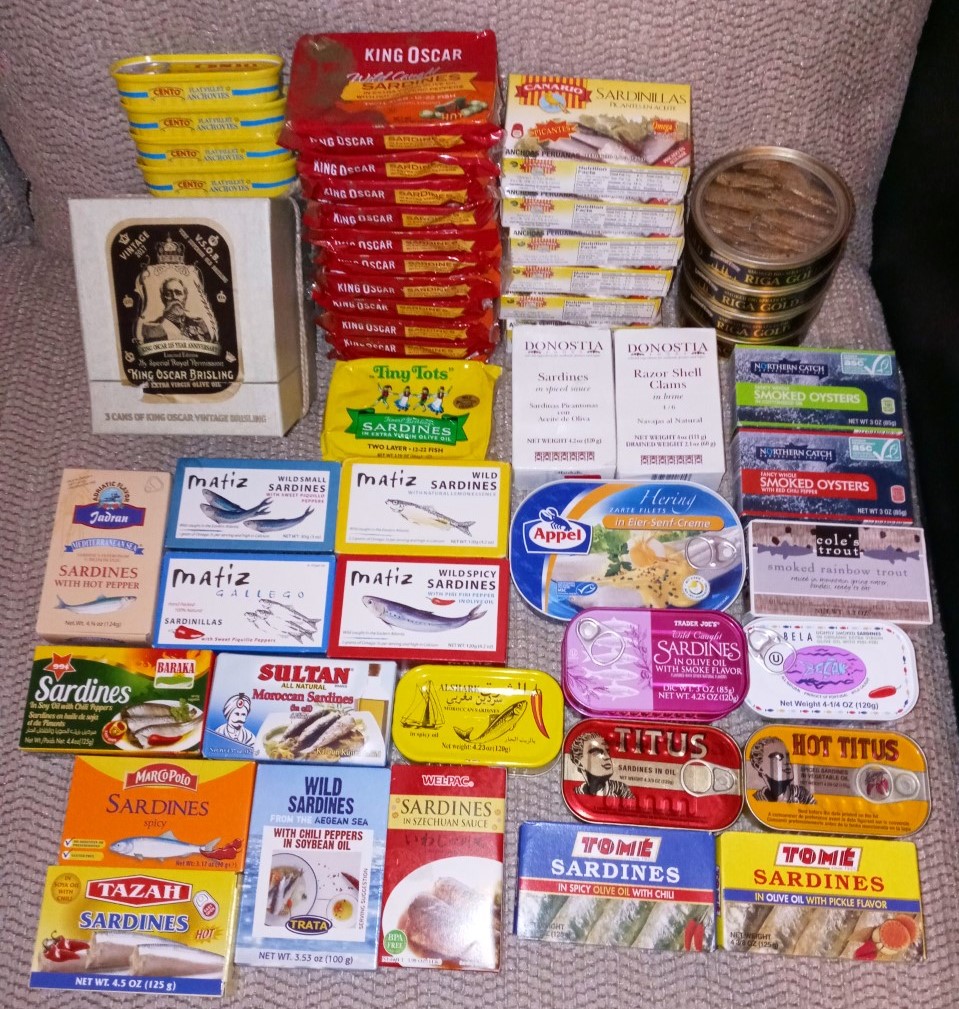After a long wait (which probably felt much longer for the owners than people like me looking forward to the opening), D’Amico & Sons Italian Market & Bakery (https://www.facebook.com/profile.php?id=100093695793933) has officially soft-opened in the Oviedo Mall. Sometimes I go to the Regal movie theater in that mall, and it desperately needs something else to keep bringing people in. I am pleased to report that D’amico & Sons should flourish there, if the enthusiastic crowds on the second day of its soft opening continue. Its hours are 7 AM to 7 PM, Monday through Saturday, and 7 AM to 3 PM on Sunday.
I am thrilled to have another Italian market in town, especially one that is much closer to me than my beloved Stasio’s and Tornatore’s. It is a much larger space than either, having completely refurbished the old Chamberlin’s health food store, bright and clean and spacious, with plenty of natural light and ample parking. There is even a covered patio with tables under an Italian flag awning, for those who want to enjoy coffee, gelato, pastries, and sandwiches on the premises.
Like any good Italian market, you can order a variety of coffee drinks. I am happy to see any locally owned and operated coffee shops to combat the Starbucks stranglehold.

There is a gelato counter too, although it was too crowded today to get a photo of it. It looked like they might have twelve or 16 different flavors, and I’m sure my wife and I will work our way through them eventually. Of course I like ice cream (who doesn’t?), but I like gelato even better. I prefer the texture, the intensity of the flavors (especially fruity flavors), and somehow, it is even healthier (or less unhealthy, if you will).
When I arrived around 12:30 on its second day open, there was a long line just to get up to the bakery counter. I managed to snap this shot of beautiful macarons and pastries in a glass case, but there were other cases to behold on each side of it, with cakes to the left and cookies to the right:

Here is another vertical refrigerated case full of gorgeous gelato cakes: chocolate raspberry, triple chocolate, and pistachio.

I ended up bringing home two lobster tail pastries that were so flaky and crispy — the top one filled with rich Bavarian cream, and the bottom one filled with cannoli cream and tiny chocolate chips. Below that are two zeppoli, fried pastries dusted in powdered sugar. Those were my wife’s favorites. 
They also sell these Italian wedding cookies and black and white cookies, which I highly recommend. I have bought this brand of black and white cookies before (Bakery Boys of New York), but I brought home the Italian wedding cookies because she loves those, and she was really happy with them. I don’t think they sold individual Italian wedding cookies at the cookie counter, but one would not have been enough!

There are plenty of savory foods to choose from too, including golden-brown arancini, rice balls coated in bread crumbs and lightly fried, for a texture that is crispy-crunchy on the outside and soft and yielding inside. If you’ve ever had a papa rellena from a Cuban cafe or bakery, these are similar, but with rice instead of mashed potatoes inside. There are original, cheese, and cheesesteak arancini to tempt you. D’Amico & Sons definitely have a lot of balls.

I brought an original rice ball home for my wife. The thing is the size of a baseball!

A butcher case of fresh sausages was tempting, but I passed on this first visit. I’ll definitely be back to try some.

They also offer pizzelles, which are pizza-like flatbreads, sold by the slice (and possibly also whole). They looked great, but I treated myself to a pizza yesterday and still have leftovers.

You can also get sandwiches made to order, and I took great care to get a legible photo of the hanging menu, since it is not listed on the Facebook page yet. Right-click this image and open it in a new tab for a larger, more legible photo. 
I was really surprised they don’t offer a traditional Italian sub with salami, ham, and other deli meats, plus the typical provolone cheese, veggies, and a vinaigrette, so I ordered what seemed like the closest approximation: the Italian Cubano, with Boar’s Head prosciutto Riserva, porchetta, Swiss cheese, pepperoncini peppers, tomato, deli mustard, and Boar’s Head Pepperhouse Gourmaise (a really good mayo-based condiment) on a sub roll. It was ready pretty quickly, despite how slammed they were at the deli counter.
This is the Italian Cubano sandwich, unwrapped back at home. I would have preferred the pepperoncini peppers to be sliced or chopped rather than whole, but at least they removed the stems. The bread, prosciutto, and Pepperhouse Gourmaise really made this sandwich, but it was a little light on ingredients, and the bread was not fully sliced all the way across, so the ends didn’t have any of the good stuff on them. I didn’t get a taste of the porchetta by itself, but at least I saw it in there. I wonder if they would consider getting a sandwich press for more of a traditional Cubano experience.

I would absolutely try other sandwiches from here, even if they’re not going to dethrone Stasio’s (and my favorite sandwich in the city, the namesake Stasio) anytime soon.
There is a separate counter next to the gelato for ordering fresh-baked bread, and I wisely bought two different loaves to bring home. The sub roll was great, but this sesame seed-studded semolina loaf was even better — warm and fluffy inside, crackly crust outside, and so wonderful when spread with some of our room-temperature butter back at home.

I also bought a pull-apart olive batard, which didn’t have a crunchy, crackly outer crust, but was also warm and fluffy and full of salty, chewy, pungent black olives, baked in. I’m not the biggest olive guy in the world, but I like them as olive salad on a muffuletta sandwich, and I liked them in this bread. My wife really loved this one, and olive her.

Over by the pizzelles, there is a refrigerated case brimming with different Italian cheeses, including ricotta, fresh mozzarella, and even some delicious-looking smoked cheeses. I abstained this time, but I’m glad to know they have all this variety.

And since I am infamous for documenting my love of sardines with my ‘Dines List reviews, I could not leave without a can for this Cuoco brand Seasoning for Macaroni with Sardines. I’ve made the Sicilian dish pasta con le sarde before, with fresh fennel, but I look forward to trying this ready-made combination of sardines, oil, fennel, onions, raisins, and salt the next time I cook up some high-quality imported pasta. Of course I will review it in a future installment of The ‘Dines List!  Good for Kaley Cuoco for choosing to diversify, selling sardine seasoning while still performing the animated voice of Harley Quinn. Beauty, talent, and business savvy!
Good for Kaley Cuoco for choosing to diversify, selling sardine seasoning while still performing the animated voice of Harley Quinn. Beauty, talent, and business savvy!
While D’Amico & Sons does not have a full-service Italian restaurant next door like Tornatore’s (probably my favorite Italian restaurant in Orlando), and while the sandwiches may not be Stasio’s quality just yet (definitely my favorite sandwiches in Orlando), Central Florida’s newest and most spacious Italian market, bakery, cafe, and deli is already off to a terrific start, and Seminole County residents are lucky to have it. I know I am. I strongly encourage all my regular readers to make a pilgrimage out here ASAP and consider getting Christmas and New Year’s Eve goodies for any entertaining you have planned. Heck, Hanukah celebrators should find a lot to love here too!






















 As usual, the included chili peppers were sad sacks of seeds, not really worth trying to eat. But even though I’ve never seen Angelo Parodi products for sale in Florida (not even at
As usual, the included chili peppers were sad sacks of seeds, not really worth trying to eat. But even though I’ve never seen Angelo Parodi products for sale in Florida (not even at 











 We both really wished some of those sodas were sold in bottles or cans, since we would have definitely bought a few different ones to savor later, but alas, they were fountain drinks only.
We both really wished some of those sodas were sold in bottles or cans, since we would have definitely bought a few different ones to savor later, but alas, they were fountain drinks only.
 To the right is a chopped brisket sandwich that was also really good — pre-wrapped in foil like the pulled pork sandwich, and mixed up with sweet sauce. I liked it even better than the pulled pork.
To the right is a chopped brisket sandwich that was also really good — pre-wrapped in foil like the pulled pork sandwich, and mixed up with sweet sauce. I liked it even better than the pulled pork.











 I left off the condiments to get their full flavor… which wasn’t much to speak of, even with the two peppers they had been canned with. I drained the oil, as I always do, but it didn’t impart much flavor either. That could have been because it was vegetable oil instead of the superior olive oil. A schmear of mustard and some fresh and pickled vegetables would have helped turn these into superior sandwiches, even with mediocre ‘dines, but I wanted the full, unadulterated Hot Titus experience.
I left off the condiments to get their full flavor… which wasn’t much to speak of, even with the two peppers they had been canned with. I drained the oil, as I always do, but it didn’t impart much flavor either. That could have been because it was vegetable oil instead of the superior olive oil. A schmear of mustard and some fresh and pickled vegetables would have helped turn these into superior sandwiches, even with mediocre ‘dines, but I wanted the full, unadulterated Hot Titus experience.




























 I’m not a big fan of black olives, so I bought this can specifically to review here on The ‘Dines List. You’re welcome! I ate the whole can, though — olives and all, to get the full Mediterranean experience.
I’m not a big fan of black olives, so I bought this can specifically to review here on The ‘Dines List. You’re welcome! I ate the whole can, though — olives and all, to get the full Mediterranean experience.
 The cross-pack is usually about a dollar more expensive than the other varieties, but I don’t like them quite as much. Don’t get me wrong, they are fine, and might even be a good “gateway” sardine for the uninitiated, but I just prefer the taste of the jalapeño two layer variety. The cross-pack ‘dines are definitely blander, but you can include them in some really creative recipes and jazz them up that way.
The cross-pack is usually about a dollar more expensive than the other varieties, but I don’t like them quite as much. Don’t get me wrong, they are fine, and might even be a good “gateway” sardine for the uninitiated, but I just prefer the taste of the jalapeño two layer variety. The cross-pack ‘dines are definitely blander, but you can include them in some really creative recipes and jazz them up that way.











